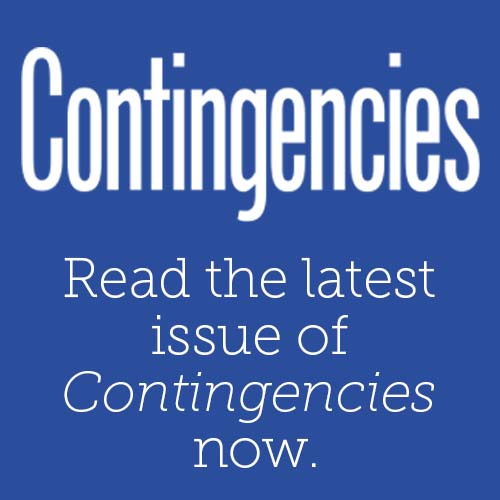ASOP No. 1: Your Guide to the ASOPs
ASOP No. 1: Your Guide to the ASOPs
It may have been a while since you last looked at Actuarial Standard of Practice (ASOP) No. 1, Introductory Standard of Practice, but you may want to take time to do so. ASOP No. 1 is a tool to help you understand all the other ASOPs—a kind of guide or roadmap.
Unlike any other standard of practice, ASOP No. 1 defines terms that are used across the ASOPs. Every standard contains a list of defined terms, but except for ASOP No. 1, those terms apply only to that particular standard, and the same term may be defined differently in different standards.
Terms of Construction: Must, Should, May
First, ASOP No. 1 explains the terms used to provide guidance—"must,” “should,” “may,” and “should consider.” “Must” is used when “the ASB does not anticipate that the actuary will have any reasonable alternative but to follow a particular course of action.” “Should,” on the other hand, indicates the normally appropriate practice in a particular situation.
ASOP No. 1 notes, however, that you may conclude that following the guidance “would be inappropriate, given the nature and purpose of the assignment and the principal’s needs, or that under the circumstances it would not be reasonable or practical…” Deviating from the guidance in an ASOP is permitted, as long as you do so “in the manner described in the ASOP,” which includes making required disclosures related to the deviation.
“Should consider,” followed by a verb, “is often used to suggest potential courses of action.” If you determine that the guidance is not appropriate for the situation, “the action is not required and failure to take this action is not a deviation from the guidance in the standard.”
As used in the ASOPs, “may” indicates a course of action “that would be considered reasonable and appropriate in many circumstances,” but is not required.
Concepts that Appear Across ASOPs
Other terms define or discuss concepts that appear throughout the ASOPs, including “actuarial soundness,” “deviation,” “known,” “materiality,” “practical” or “practicable,” “professional judgment,” “reasonable,” “reliance,” and “significance/significant.” A few definitions, such as those for “actuarial services” and “principal,” are carried over from the Code of Professional Conduct. Let’s focus on just a few of these concepts that appear frequently in ASOPs.
- Materiality—ASOP No. 1 states, “An item or a combination of related items is material if its omission or misstatement could influence a decision of an intended user” and briefly discusses what you should take into account when determining whether something is material. ASOP No. 1 also notes that “in some circumstances, materiality will be determined by an external user, such as an auditor, based on information not known to the actuary.” In addition, one of the signposts to using ASOPs is found in this discussion: you do not need to apply the guidance in ASOPs to immaterial items.
- Professional Judgment—Using the ASOPs requires actuaries to exercise professional judgment, which is based on “not only highly specialized training, but also the broader knowledge and understanding that come from experience.” Other sections of ASOP No. 1 stress that you should use professional judgment in all situations when rendering actuarial services and that “ASOPs provide… an analytical framework for exercising professional judgment, …. [and] allow for the actuary to use professional judgment when selecting methods and assumptions, conducting an analysis, and reaching a conclusion, ….”
- Reasonable—When following an ASOP, you may be called up on to “take ‘reasonable’ steps, ...select ‘reasonable’ assumptions or methods, or otherwise exercise professional judgment to produce a ‘reasonable’ result when rendering actuarial services.” Such guidance calls upon you to “exercise the level of care and diligence that, in [your] professional judgment, is necessary to complete the assignment in an appropriate manner.” Because actuarial practice often involves a great deal of uncertainty, a range of reasonable methods and assumptions may exist, and the ASOP acknowledges that “two actuaries could follow a particular ASOP, both using reasonable methods and assumptions, and reach different but reasonable results.”
You probably come across many of the concepts defined in ASOP No. 1 daily in your actuarial practice—and may want to keep ASOP No. 1 nearby as a handy reference.







